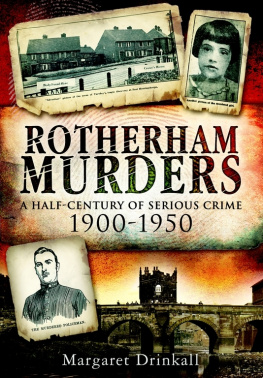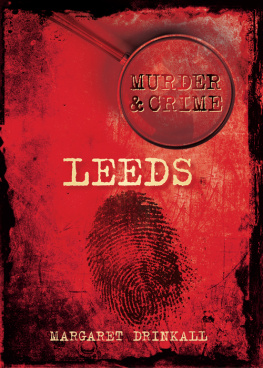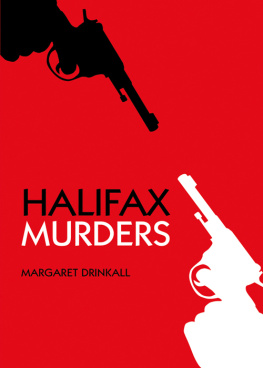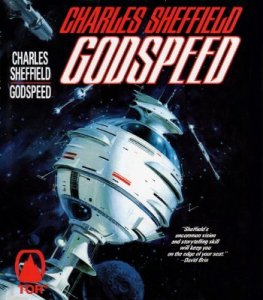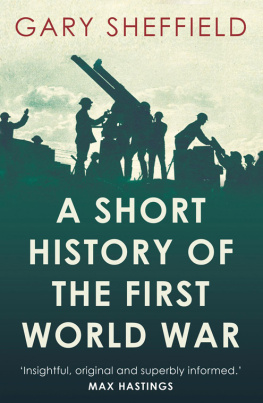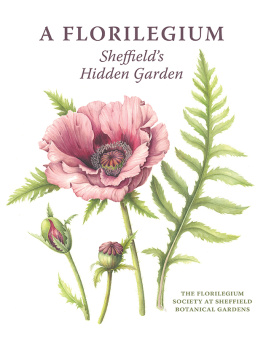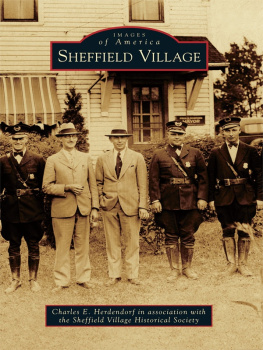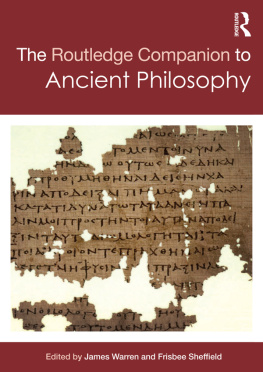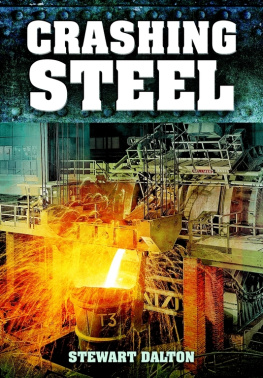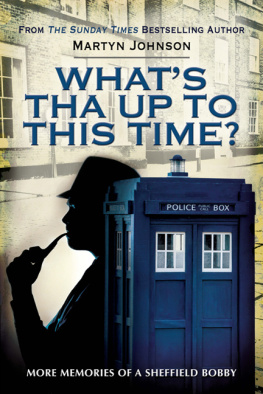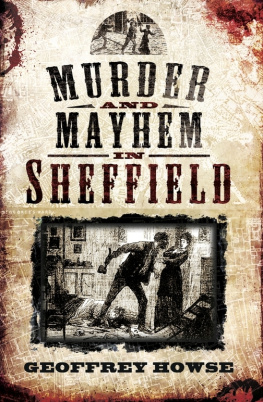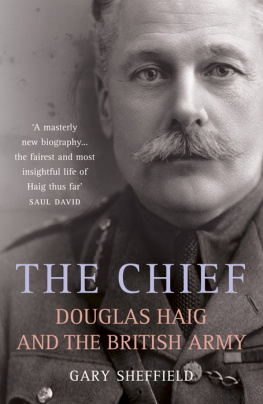T HE S TORY OF S HEFFIELD AT W AR 1939 TO 1945
THE STORY OF SHEFFIELD AT WAR 1939 TO 1945
MARGARET DRINKALL
First published in Great Britain in 2016 by
Pen & Sword Military
an imprint of
Pen & Sword Books Ltd
47 Church Street
Barnsley
South Yorkshire
S70 2AS
Copyright Margaret Drinkall 2016
ISBN 978 1 47383 361 6
eISBN 978 147388 432 8
Mobi ISBN 978 147388 431 1
The right of Margaret Drinkall to be identified as the Author of this Work has been asserted by her in accordance with the Copyright, Designs and Patents Act 1988.
A CIP catalogue record for this book is available from the British Library.
All rights reserved. No part of this book may be reproduced or transmitted in any form or by any means, electronic or mechanical including photocopying, recording or by any information storage and retrieval system, without permission from the Publisher in writing.
Pen & Sword Books Ltd incorporates the imprints of Pen & Sword Archaeology, Atlas, Aviation, Battleground, Discovery, Family History, History, Maritime, Military, Naval, Politics, Railways, Select, Transport, True Crime, and Fiction, Frontline Books, Leo Cooper, Praetorian Press, Seaforth Publishing and Wharncliffe.
For a complete list of Pen & Sword titles please contact
PEN & SWORD BOOKS LIMITED
47 Church Street, Barnsley, South Yorkshire, S70 2AS, England
E-mail:
Website: www.pen-and-sword.co.uk
Acknowledgements
A ll authors owe a debt of gratitude to those who have assisted them along the road of research in sourcing valuable quotes, archive materials, images from the period and in all manner of other ways. Therefore my list of appreciation is fairly comprehensive and I am indebted to all the following.
My most grateful thanks go out to an anonymous gentleman who, at a book-signing in the Rotherham Visitor Centre, brought a book to show me. The book in question was Sheffield at War which had been brought out sixty-eight years previously by the Star newspaper. When I told him that was the subject of my next book, he generously gave it to me, while at the same time refusing to tell me his name.
I also wish to thank Rob Hollingworth, the managing editor of the Star , for permission to use many of the photographs from the book, which are priceless (and as the images have been obtained from the same source, their captions have not been individually credited). I would like to also offer my thanks to Brian French, who very kindly gave me a copy of Charlies War , the war diary of Charles Simms, a former Sheffield councillor and JP. No local history book could be written without the most generous help of the staff at both Sheffield and Rotherham Archives. I would also like to thank Matt Jones and Pamela Covey of Pen and Sword, whose skilful editing makes sense of my ramblings, and Mat Blurton and Jon Wilkinson for their exceptional book and cover designs. I wish also to acknowledge the help given to me by my son Chris, whose skills in photography and IT still amaze and confound me. Without all of you, this book might never have been written. Finally, I would also like to acknowledge my nephew Oliver Patrick Galvin, who sadly died during the completion of this book. Requiescat in pace, Ollie.
Introduction
A lmost from the beginning of the Second World War, the government and the city authorities knew how crucial Sheffields main industry of steel production would be to the enemy. They knew that the Vickers works would be a target because of a 15-ton drop-hammer, which for the first eighteen months of the war was the only machine in the country able to produce Rolls Royce crankshafts for Spitfire and Hurricane aircraft. The hammer was so important that it was in constant use for sixteen out of every twenty-four hours, working seven days a week. Sheffield was also the site of Hadfields Steel Works, which were essential for producing 18in armour-piercing shells. They knew, without doubt, that consequently the city would be directly in the enemys firing line. What they underestimated was that the Germans would bomb the city and its people indiscriminately and not stick to the targeted industrialized areas.

The 15-ton drophammer at the Vickers Works.
By using contemporary extracts from documents, diaries, accounts and letters, I hope to illustrate just how much suffering the Sheffield people went through during the war years. These items reveal the many concerns brought about by war, and the alarm engendered by the bombings. They also record the real fear of invasion that was prevalent at the time. Even the police records contained advice on how officers were to behave, should the enemy invade. Yet they also illustrate the positive side of the people who showed determination and great courage in the face of adversity. However, there are too many individual tales of heroism and bravery shown by ordinary people to record fully here, particularly during the bombings of December 1940. There have been many books written about the devastation that became known as the Sheffield blitz, although none concentrate on the other air-raids that took place from 1940 to 1942. No other books record the fact that Sheffield police were involved in the training of British secret agents, or how crucial the housewives of Sheffield were to the development of radar. There is also little record of the GIs that came to the city, although their stay was both an attraction and a deterrent. I apologize in advance for the terminology used when reporting the activities of the Americans in the city and the use of language that would certainly not be acceptable today. However, for the sake of authenticity I will use such quotes as they were given in order to illustrate the way in which certain sectors of the population were viewed at the time.
C HAPTER O NE
The Countdown to War
T o look at the columns of the local newspapers in the summer of 1939, there appears to be little evidence that another war was imminent. The Sheffield Telegraph and Independent of 22 July merely report that the citys steel output of the previous six months had increased by 15,200 tons, which was said to be the highest record of any year. The Star pointed out the Glories of the Countryside within easy reach of Sheffield, listing Hathersage, Castleton and Lathkill Dale in Derbyshire from as little as 2s 8d return. Those local people who did consider any forthcoming hostilities desperately hoped that appeasement would prevent warfare. In September 1939, even the local councillors were optimistic. While opening the Woodsetts Church fte, Sheffield Alderman E. Dunn MP told the crowd that I do not think the international situation is as precarious as it was a year ago, but I could not say that the danger has passed.


